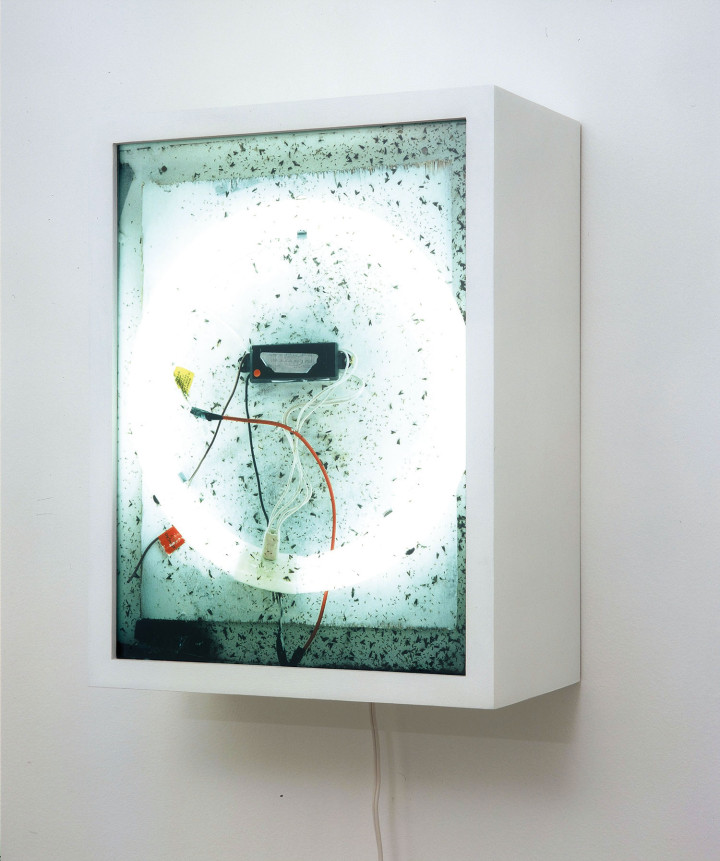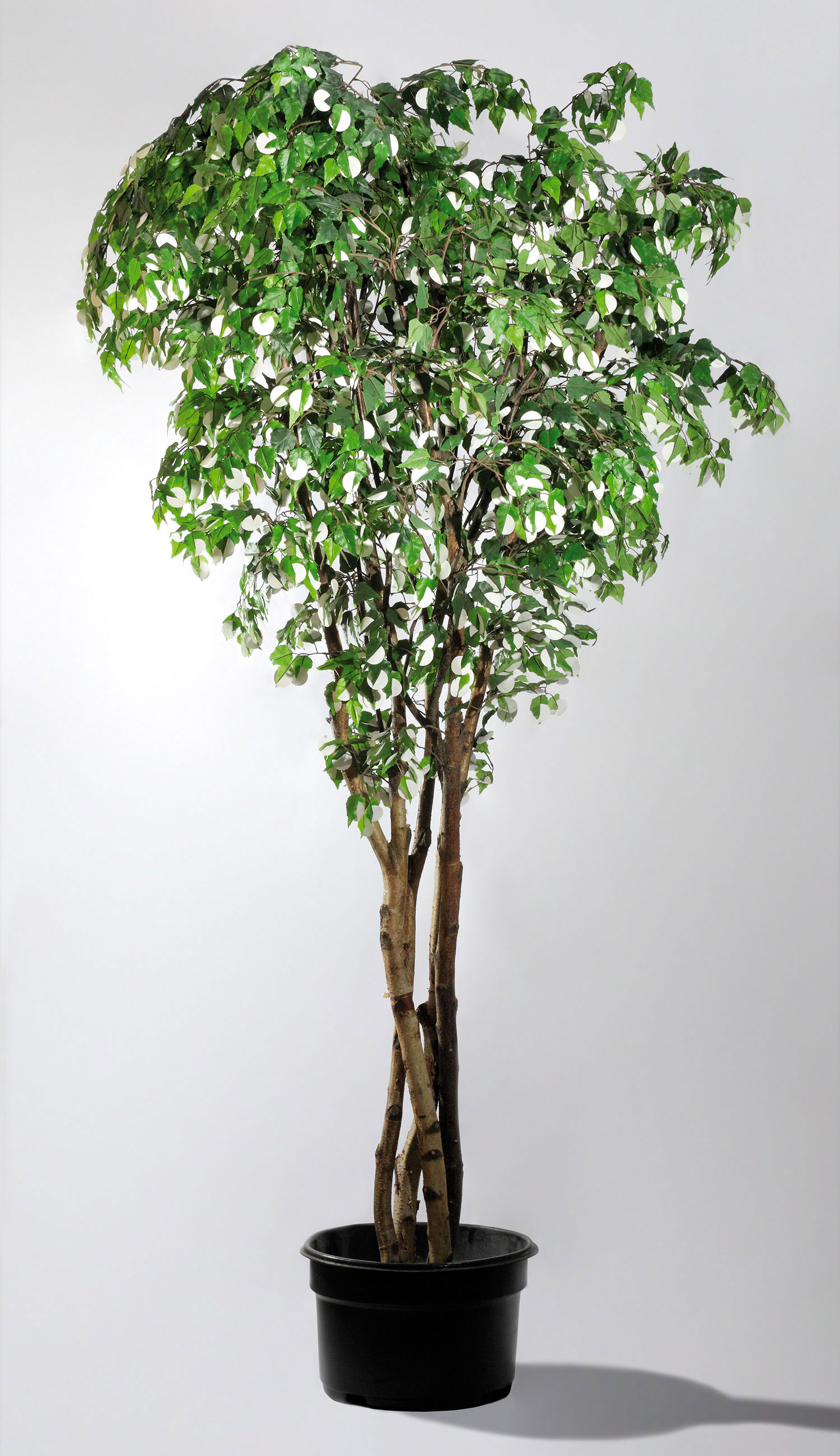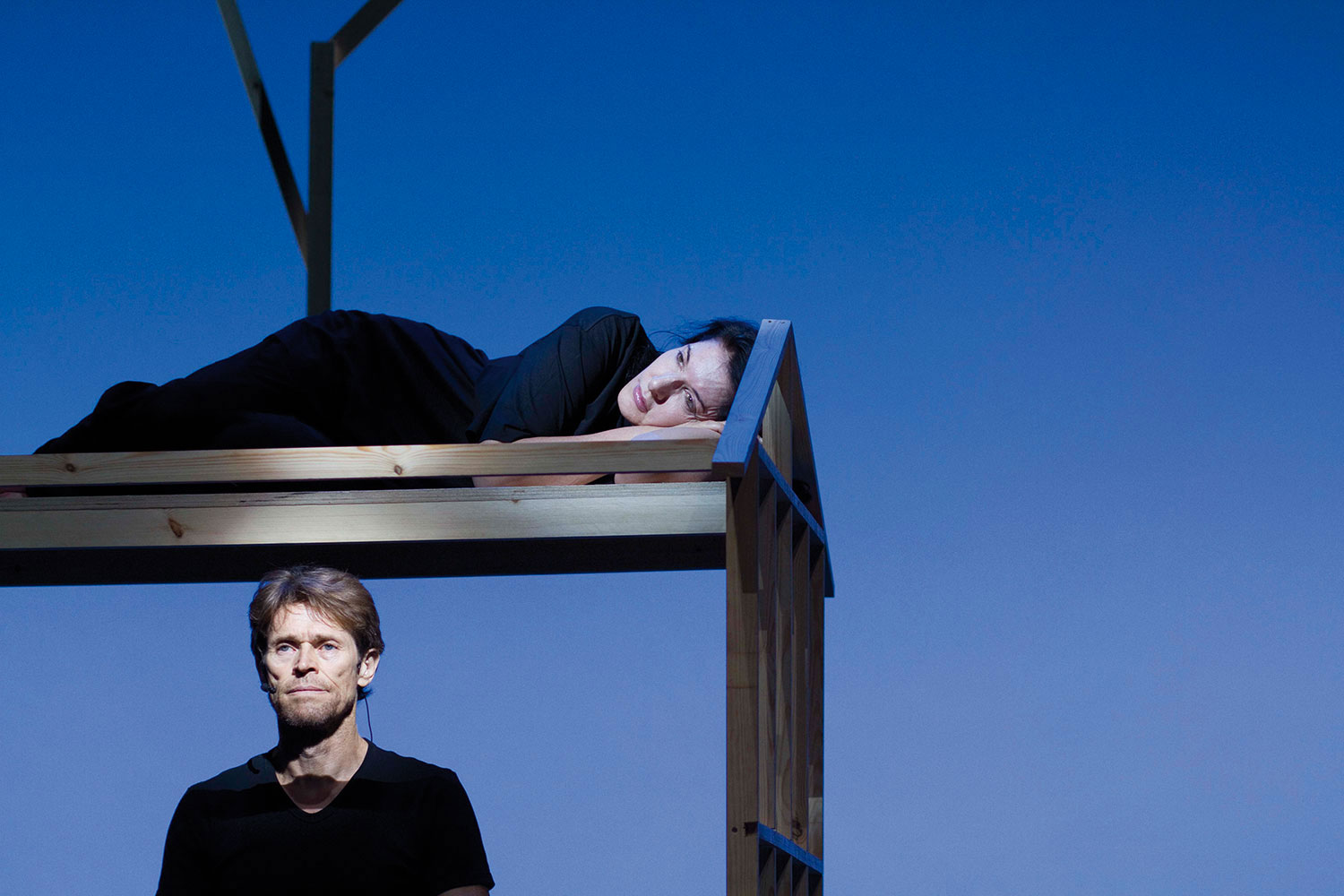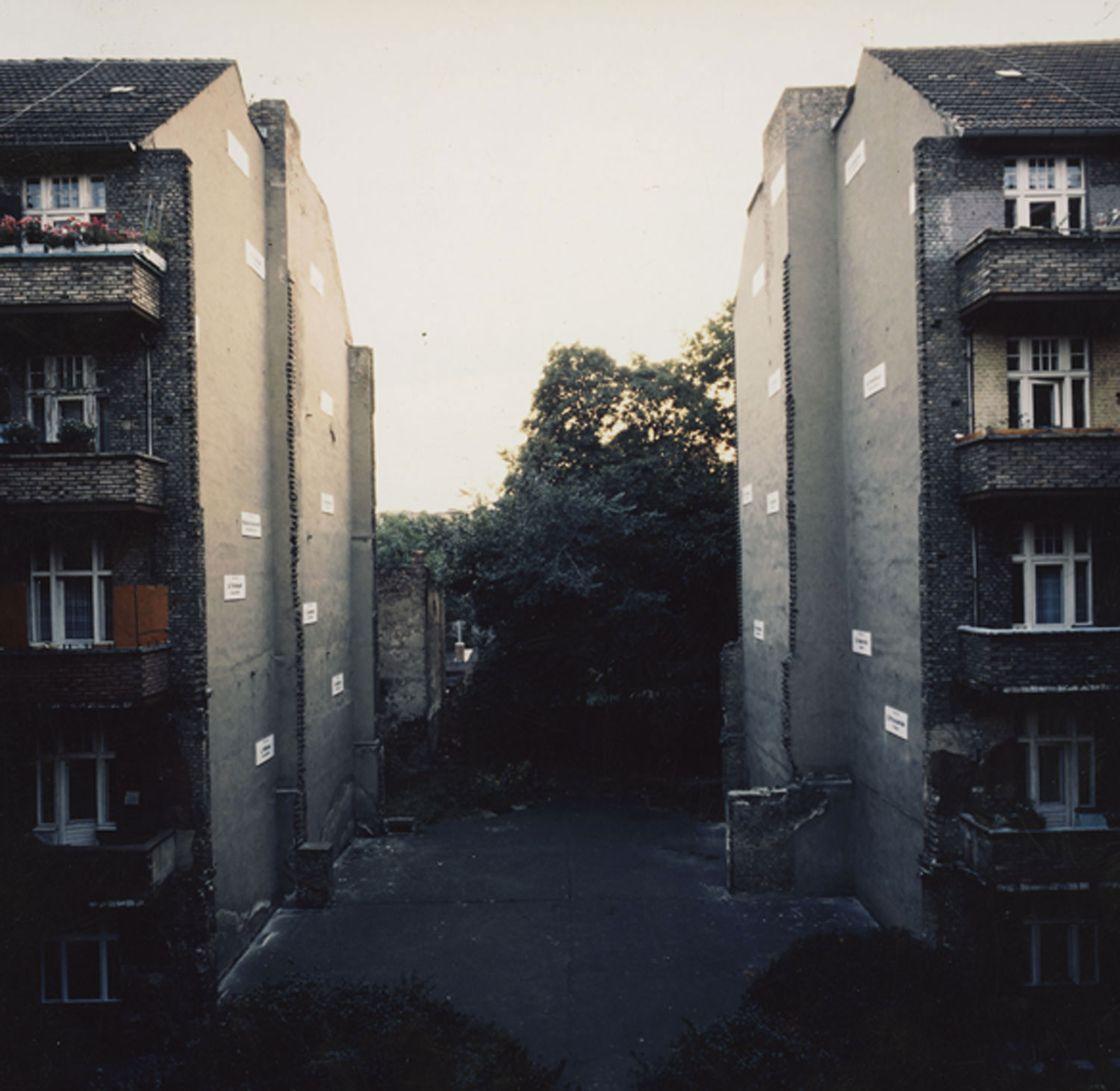
Fernanda d’Agostino: Geometry, visual perception, geographic space, economics and sound propagation are some of the subjects of your work. Where does the inception of a new project come from?
Marcius Galan: The process starts with the drawings I produce daily in my sketchbook. I usually draw over drawings from different periods. It is a way of establishing a link between the direction I imagined for my work and the perception of the direction it actually took. From the relations I make between the drawings, I choose subjects that seem interesting to me at that given moment — formal issues, daily experiences or even a commentary on the world. Most times it is a commentary on functionality. I think a lot about the rules of social interaction and the political division of space, the formation of bureaucratic systems and the configuration of application forms. It is a field of research that touches very specific areas of knowledge and production. I try to understand its mechanisms in order to think about the formal aspects of the work, thus creating some sort of fissure within these systems. Many times these commentaries inhabit the process itself, as in Desenhos 2000-05 [drawings 2000-05] where frustration is materialized in a pile of rubber, and error is presented as an essential matter. The work poses questions about my very function as an artist too.
FDA: Some of your pieces make us distrust our own perception. We question whether in Seção Diagonal (2008) the glass is there; if in Fundo Falso (2004) the underside of the box is real; if in Backlights (2003-04) we are facing an object or a photograph, etc. Why do you challenge your viewers to continually doubt their own perception?
MG: In Backlights I use the image of the interior of a light box, juxtaposing image and real object, meditating on the real function of the image, on the photograph as an intermediary for the experience of the real thing. In Fundo Falso the situation is similar, and the title stresses the doubt. It brings to mind the places where magicians conceal their tricks and where smugglers hide their illegal wares. I do not wish to propose that people constantly doubt their own perceptions. I would rather think that the challenge posed by these pieces is the production of an instant of doubt, revision, instability and vertigo, which points towards issues I wish to deal with.

FDA: In Seção Diagonal elements that shape the work are nearly nil — they are the materials used daily in an exhibitory space (wax, paint, wall) — and their new arrangements are capable of revealing the physical space in which they are located, as well as producing a certain amount of uncertainty in viewers. Is there a conscious effort in utilizing minimal resources as a means of discussing what is absent from, or tangential to, your works?
MG: I need this void so that the most minimal modification is perceived. The minimal is a specific necessity: it aids me in transposing representation, object and architecture in order to create a place that exists solely in the relationship between viewer and space. In my understanding, the strength of the work lies in the simplicity of its artifices.





